Between 11 and 19 May 2019, students and staff from Birmingham Centre for Railway Research and Education attended the annual European Study Tour.
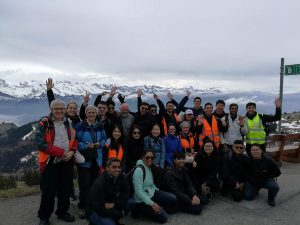
This is a yearly event and much enjoyed part of the MSc programmes in Railway Systems Engineering and Integration and in Railway Safety and Control Systems. This year saw 23 MSc students, two PhD candidates, and four staff, plus two guests, join the nine-day tour across Italy and Switzerland. The international tour was made even more international by the range of nationalities present with students from China, Singapore, Malaysia, India, Thailand, France, Nigeria, Turkey, and Greece and staff from Brazil, Switzerland, and even the UK.
Each day featured technical visits to a range of sites, including Bologna Central Operations Centre, Milan Metro, WEGH Group, Ceneri Base Tunnel, Stadler Rail, Dampfzentrum Steam Museum, and SBB Control Centre East. There was also time to appreciate the role of the railways for business, commuting, intercity and international travel, industrial heritage, and tourism, including a trip up Mount Rigi on the Rigi Banh rack and pinion railway.
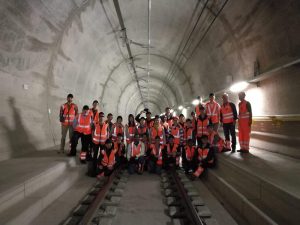
The range of visits covered major projects as well as day-to-day operation. In terms of construction, we visited the Ceneri Base Tunnel, a 15km tunnel through Mount Ceneri in the Swiss Alps constructed through drill and blast method; this contrasted with the construction of metro line M4 in Milan, under construction with tunnel boring machines and cut and cover at the stations.
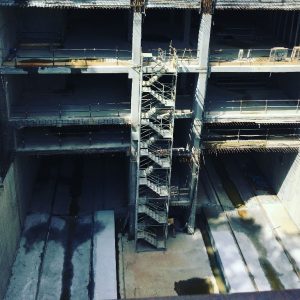
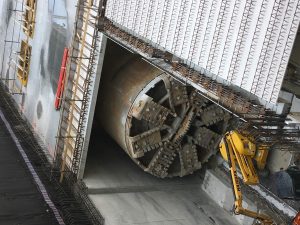
Technically, Sihltal Zurich Uetilberg Bhan showcased their unusual system working with 2 power supplies, 15 kV AC and 1200 V DC. To manage this, the trains have a moveable pantograph to allow for running on either catenary system. Meanwhile, the Rigi Bahn has a prototype VTW switch, moving the whole rail not just a blade. Historical developments were experienced at Dampfzentrum, a steam museum in Winterthur, and at Deposito Rotabili Storici in Pistoia.
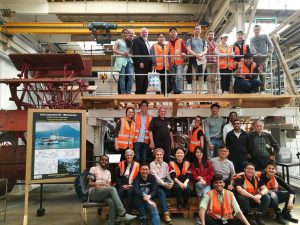
Operations showed us a range of control centre approaches and business approaches. SBB demonstrated their new control centre. Milan Metro highlighted the importance of a mobility vision for all transport modes across a large city. And the Gotthardachse Erhaltungs- und Interventionszentrum – at the new 57km route through the Alps representing the world’s longest and deepest railway tunnel – detailed the enormous complication of emergency rescue and maintenance deep under ground. Through three shifts per week, the entire tunnel is maintained – a lengthy process taking a whole year, after which the maintenance plan begins again. Trenitalia demonstrated a rolling stock perspective with the Deposito Locomotive in Bologna.
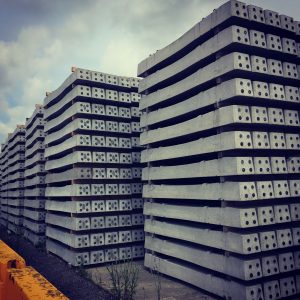
Finally, end-to-end production and manufacturing was showcased by WEGH group and Stadler. At WEGH, rail infrastructure is produced, including concrete sleepers and pre-fabricated slab track, with impressive technical detail. Stadler produce entire vehicles, from concept and design to commissioning, including the new Glasgow trams, that are tiny due to the loading gauge of the world’s third old metro system.
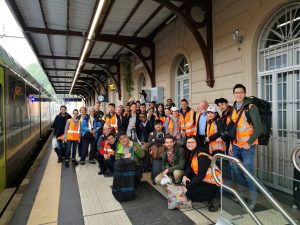
The group learned a lot about the vastness of the railway systems, with the trip enhancing the knowledge and expertise gained throughout the master’s programme.
For more details and to see our tweets, please visit #bcrreST19 via Twitter.
Written by Dr Holly Foss, Deputy Director of Education (BCRRE)
